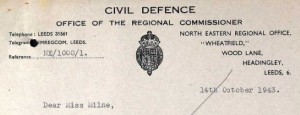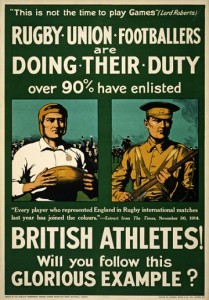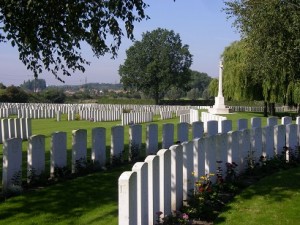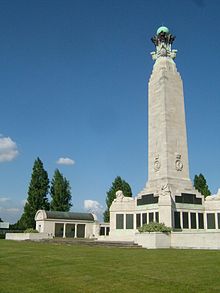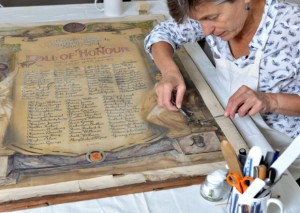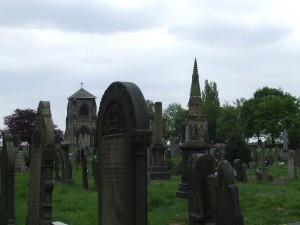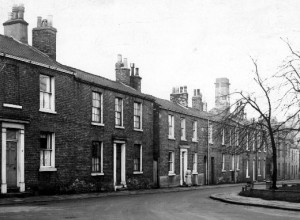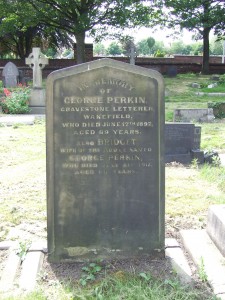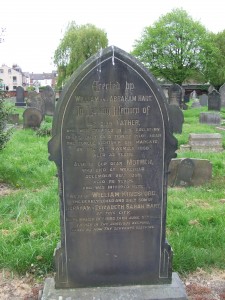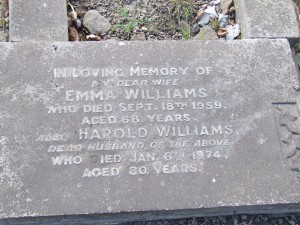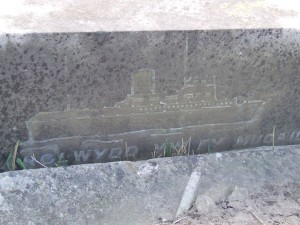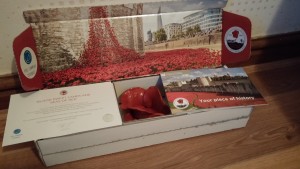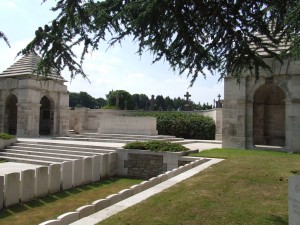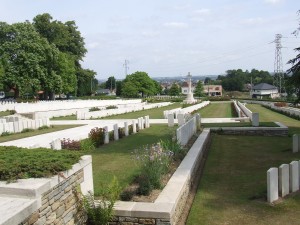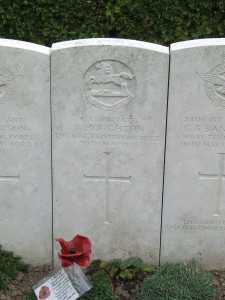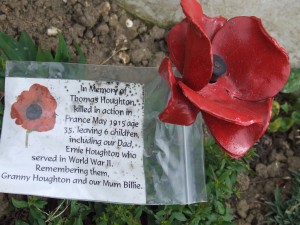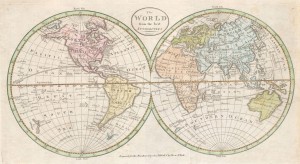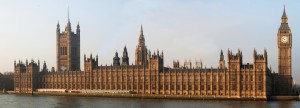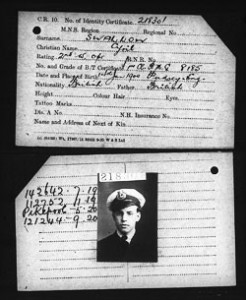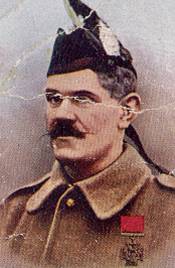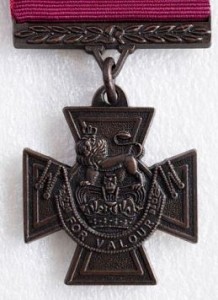Sidney Botham and Ernest Williamson during WWII ‘did their bit’ for their community and were recognised for their bravery.
Shall we start with Sidney first? Sidney was born in 1910 in Sheffield, being the son of John and Emily Botham, who in 1911 were living at Hoyland Road, Hoyland Common- John, was working as a butcher.
Sidney, lived through the Great War and by 1943 he had been a police constable for just over 11 years. Home, was 8 Carlton Terrace, Pontefract for Sidney and his wife of 10 years, Ruby (nee Russell).
As both Sidney and Ernest are both linked to an event, it is now Ernest’s turn! There are three Ernest’s who are born within two years of each other in Yorkshire, but the one that fits the most seems to be the son of John and Harriet Williamson, who in 1911 were living at 8 Hey Lane, Lowerhouses, Huddersfield. John worked as a tailor.
Ernest, like Sidney was also a policeman, but Ernest is listed as Police War Reserve, living at 146 Lower Oxford Street, Castleford.
What did they do to be written about here? The follows are snippets from the WWII Civil Defence Gallantry Awards –
Case 2119A – Mr Sidney Botham – 33 years. Police Constable, West Riding Constabulary, Wakefield – 11 1/3 years. Civil Occupation – Policeman.
Assistance in the rescue of two Civilians trapped in a burning house at Darrington, York,s on the night of 18th September 1943.
Recommended by – Chief Constable, West Riding. Commendation dated 14.10.43
Case 2119B – Ernest Williamson – 36 years. Police War Reserve, West Riding Constabulary, Wakefield – 3 1/3 years. Details as for 2119A,
Both cases were Recommended by the Committee and the Treasury 14th December 1943 and Gazetted 21st March 1944.
Particulars of Action – At 23.45 hours on Saturday, 18th of September, 1943, a Halifax No.2 bomber number B.B.245 crashed, burst into flames, demolishing and setting on fire a row of cottages 200 yards on the Womersley side of Darrington Cross Roads, Darrington, which is three miles south of Pontefract. The plane, whose parent station was at Riccall R.A.F. Station, was flying north Jto South on a night flying exercise, and all six of the crew were killed. 1032914 Sergeant John Henry Viercant, 4th Heavy Battery, R.A. Womersley, was travelling along the Womersley Road, Darrington, in a motor lorry, in charge of the following men of his unit:- 3662690 Gunner Hugh Donaghy; 858099 Bombardier William Yorkston; 1043079 Gunner Charles Savage; 844866 Gunner John McLeod; 101152 Gunner H Mae-Bishop, and saw a large burst of flame about one mile ahead. This party was off duty / Police.
That was the event, but lets hear about the event in more detail!
Police Constable 17 Sidney Botham and Police War Reserve 476 Ernest Williamson were on motor patrol duty on the Great North Road, Ferrybridge, when they saw a red flash in the sky towards Doncaster. They immediately proceeded in this direction, and arrived on the scene just after Sergeant Viercant and his party. Four of the cottages were burning furiously, but in spite of this Sergeant Viercant, Gunner Savage, Gunner McLeod and the two policemen, seeing by the light of the flames saw two persons John Wardle, and his wife, Alice Maud, trapped under fallen debris, fought through flames and, removing the fallen masonry, etc., rescued Mr and Mrs Wardle, and thereby saved their lives. During the whole of this time ammunition was exploding in all directions. All five men further searched the house but failed to find anyone else, and were eventually forced to leave the house owing to the fire, bursting flares and smoke.
These men, together with Bombardier Yorkston, Gunner Donaghy and Gunner Mae-Bishop, then gave all their attention in an endeavour to rescue the trapped occupants of the plane. They broke open the rear turret, and as ammunition was still exploding from it, and to safeguard themselves, Gunner Donaghy climbed inside, removed five belts of live ammunition, and, with assistance, the turret guns. In an endeavour to locate the crew, Gunner Donaghy, at great personal risk, then proceeded along the narrow body of the blazing plane, and would have gone farther but Sergeant Viercant, realising that his man would soon be cut off by flames, recalled him to the rear turret.
All men had worked with courage and disregard for personal safety, especially Gunner Donaghy. The soldiers carried on trying to keep the flames down, and formed a bucket chain party, but the fire got out of control. The two police officers had taken charge and caused the necessary N.F.S. and Civil Defence Services to be hurried to the scene. There were 4 people killed and 4 people insured who lived in adjoining cottages and a further 6 people rendered homeless. (Signed C.G. Vaughan, Chief Constable West Riding Constabulary).
Statement of Sergeant Viercant – About 23.40 hours on Saturday 18th September 1943, I was in charge of a party of men of my unit. We were travelling by lorry along the Womersley Road, Darrington, from the direction of Pontefract towards Womersley. I then heard a thud, and immediately following this I saw a large burst of flame what I judged to be about 1 mile ahead of us in the vicinity of the road on which we were travelling. Appreciating that something was wrong I ordered my driver to speed in this direction. In the space of about two minutes we reached a place I now know as Chapel Hill, Darrington, and there found that an aeroplane had crashed into a block of cottages on the offside of this road facing Womersley, and some two hundred yards on the Womersley side of Darrington Cross Roads. Three or four of the cottages were then partly demolished and an aeroplane enveloped in flames was in the midst of the debris. Ammunition in the plane was exploding almost incessantly, and bullets were whizzing in all directions.
By the illumination of the fire I could see a woman trapped about the middle of the debris of one collapsed house. Her whole body up to her neck was covered by fallen masonry, and a man hear her was in a sitting position trapped in the debris up to his knees. These people were obviously helpless to assist themselves and were at this time surrounded by flames rapidly increasing in intensity. Along with 1043079 Gunner Charles Savage, and 844866 Gunner John McLeod of my unit I at once broke through the flames, and we jointly set about removing debris from around these persons in an effort to rescue them. At this stage we were joined by two policemen who also entered the burning building and assisted us. We rescued the two people and removed them on the road clear of the fire, when they were in turn taken to a nearby house. Before the rescue was effected, the flames had reached these people, and I think they had both suffered burns, cuts and bruises.
Despite the imminent danger of fire and smoke, my two men and the policemen helped to me to make a further search of the house for possibly trapped persons. We failed to find anyone else, and were driven back by fire, bursting flares, and smoke. We then made an effort to enter the rear turret of the plane, and here we were joined by 3662690 Gunner Hugh Donaghy, 101152 Gunner H. Mae-Bishop and 858099 Bombardier William Yorkston, all of my unit. We broke open the rear turret with a shovel and an axe. Ammunition was still exploding from within it, and to safeguard us from the danger of this Donaghy climbed inside the turret and removed five belts of live ammunition, and then with assistance removed the turret guns.
Donaghy then tried to go along the body of the blazing plane to search for members of the crew, but I recalled him because he was thereby putting his life in peril. We then, as a party had to break off the rescue work owing to the flames being so intense. My men and the police worked with utter disregard for their own safety. We then formed a bucket chain and fought the flames, but this was useless, and the fire got completely out of control, and further attempt at rescue would have been futile. The fire was later extinguished by N.F.S. Units.
It was moonlight, clear, and there was no wind. The nose of the plane was facing westwards after the crash. I cannot say in what direction or at what height it had been flying prior thereto. (Signed 1032914 Sgt, John Henry Viercant.
P. S. 17 Sidney Botham – At 11.45 pm Saturday 18th September 1943, I was on motor patrol duty with W.R. 476 Williamson in the Great North Road, Ferrybridge when I saw what appeared to be a red flash in the sky coming from the direction of Doncaster. I proceeded South in this direction, and 11.50 pm came upon the scene of a crashed aircraft in Womersley Road, Darrington. The plane had crashed into a block of occupied cottages at the side of the road. Both the plane and four of the houses were burning furiously. A number of soldiers of the 4th Heavy Battery R.S. Womersley were already on the scene.
After ascertaining from Special Constable Waterfall that Pontefract Divisional Headquarters had been warned concerning the crash and resulting fire, I along with E. Williamson joined a number of soldiers in removing debris from a demolished and burning house where it could be seen that two persons were almost completely covered by fallen masonry and who were in immediate danger of being burnt to death. These two persons John and Alice Maud Wardle were extricated and moved to safety, later to Pontefract Hospital.
By this time other soldiers joined the rescue work and an effort was made to rescue possible occupants of the plane. During this time rescue was being carried our ammunition was exploding almost incessantly. In spite of this, one of the soldiers entered the plane by the rear turret door, after the door had been broken open with an axe. He then removed life ammunition from the plane, and with some assistance the turret guns. This same soldier attempted to pass farther along the aircraft in search of possible members of the crew but the flames by this time had reached such proportions that any further attempt at rescue was impossible. The soldiers then formed a bucket chain party until the arrival of the N.F.S., meanwhile nearby houses were evacuated owing to possible danger of fire. Later with the N.F.S. in attendance the C.D. Rescue Parties became operative and rescue work was resumed. At 5 am 19.9.43, four bodies were recovered from the wrecked house of Harry Dean, ‘Glencoe’, Womersley Road, all four bodies were badly charred. The fire was finally extinguished by the N.F.S. at 5.30 am.
A letter from the Civil Defence Regional Office, ‘Wheatfield’, Wood Lane, Headingley, Leeds, to Miss J. M. Milne, Ministry of Home Security, Whitehall, London, tells that the Commissioner and the Chief Constable agreed that as far as the two policemen were concerned that ‘they might receive a personal letter of congratulation rather than any award or commendation from the King. These letters world presumably come from the Air Ministry if it were decided to send them. Details if the actions of the soldiers have already been sent to the G.O.C. -in-C., Northern Command, but I am letting you have them to as it may be helpful to bear in mind the part they played when considering the policemen’.
The two policemen did not get an award but were Commended for Brave Conduct and were Gazetted on 21st March 1944, Supplement pages 1330/1.
For further information and eye witness reports visit here

